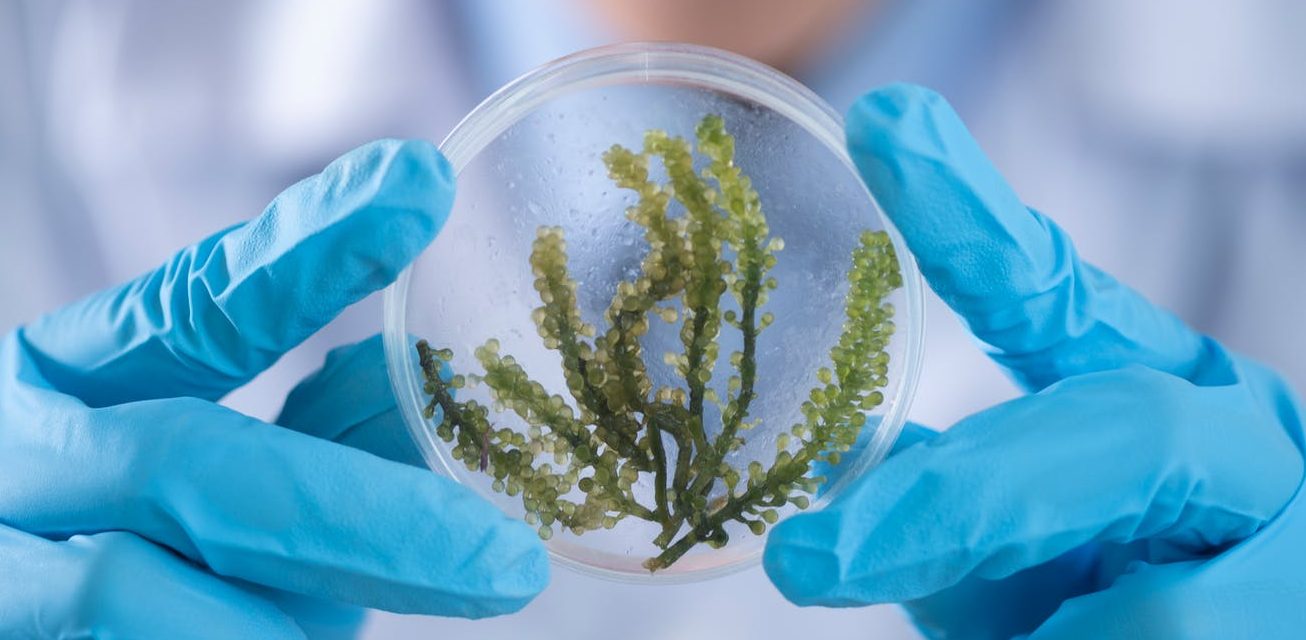Bacteriology is the branch and specialty of biologythat studies the morphology, ecology, genetics and biochemistry of bacteria as well as many other aspects related to them. This subdivision of microbiology involves the identification, classification, and characterization of bacterial species.[1] Because of the similarity of thinking and working with microorganisms other than bacteria, such as protozoa, fungi, and viruses, there has been a tendency for the field of bacteriology to extend as microbiology.[2] The termsContinue reading “Bacteriology”
Monthly Archives: Jun 2020
Virology
Virology is the study of viruses – submicroscopic, parasitic particles of genetic material contained in a protein coat[1][2] – and virus-like agents. It focuses on the following aspects of viruses: their structure, classification and evolution, their ways to infect and exploit host cells for reproduction, their interaction with host organism physiology and immunity, the diseases they cause, the techniques to isolate andContinue reading “Virology”
Non-cellular life
Language Download PDF Watch Edit This article is about non-cellular life. For the syncytial and plasmodial forms of cellular life sometimes referred to as “acellular”, see Multinucleate. Non-cellular life, or acellular life is life that exists without a cellular structure for at least part of its life cycle.[1] Historically, most (descriptive) definitions of life postulated that a living organism must be composed of one or more cells,[2] but this is noContinue reading “Non-cellular life”
Multicellular organisms
Multicellular organisms are organisms that consist of more than one cell, in contrast to unicellular organisms.[1] All species of animals, land plants and most fungi are multicellular, as are many algae, whereas a few organisms are partially uni- and partially multicellular, like slime molds and social amoebae such as the genus Dictyostelium.[2][3] Multicellular organisms arise in various ways, for example by cell division or by aggregation of many single cells.[4][3] Colonial organisms areContinue reading “Multicellular organisms”
A unicellular organism
A unicellular organism, also known as a single-celled organism, is an organism that consists of a single cell, unlike a multicellular organism that consists of multiple cells. Unicellular organisms fall into two general categories: prokaryotic organisms and eukaryotic organisms. All prokaryotes are unicellular and are classified into bacteria and archaea. Many eukaryotes are multicellular, but many are unicellular such as protozoa, unicellular algae, and unicellular fungi. Unicellular organisms are thought to beContinue reading “A unicellular organism”
microorganism
A microorganism, or microbe,[a] is a microscopicorganism, which may exist in its single-celled form or in a colony of cells. The possible existence of unseen microbial life was suspected from ancient times, such as in Jain scriptures from 6th century BC India and the 1st century BC book On Agriculture by Marcus Terentius Varro. The scientific study of microorganisms began with their observation under the microscope in the 1670sContinue reading “microorganism”
Microbiology
Microbiology (from Greek μῑκρος, mīkros, “small”; βίος, bios, “life“; and -λογία, -logia) is the study of microorganisms, those being unicell ular (single cell), multicellular (cell colony), or acellular (lacking cells).[1][2] Microbiology encompasses numerous sub-disciplines including virology, bacteriology, protistology, mycology, immunology and parasitology. Eukaryotic microorganisms possess membrane-bound organelles and include fungi and protists, whereas prokaryotic organisms—all of which are microorganisms—are conventionally classified as lacking membrane-bound organelles and include Bacteria and Archaea.[3][4] Microbiologists traditionally relied on culture, staining, and microscopy. However, less than 1% of the microorganisms present in commonContinue reading “Microbiology”
Microbiology
Eukaryotic microorganisms possess membrane-bound organelles and include fungi and protists, whereas prokaryotic organisms—all of which are microorganisms—are conventionally classified as lacking membrane-bound organelles and include Bacteria and Archaea.[3][4] Microbiologists traditionally relied on culture, staining, and microscopy. However, less than 1% of the microorganisms present in common environments can be cultured in isolation using current means.[5]Microbiologists often rely on molecular biology tools such as DNA sequence based identification, for exampleContinue reading “Microbiology”
